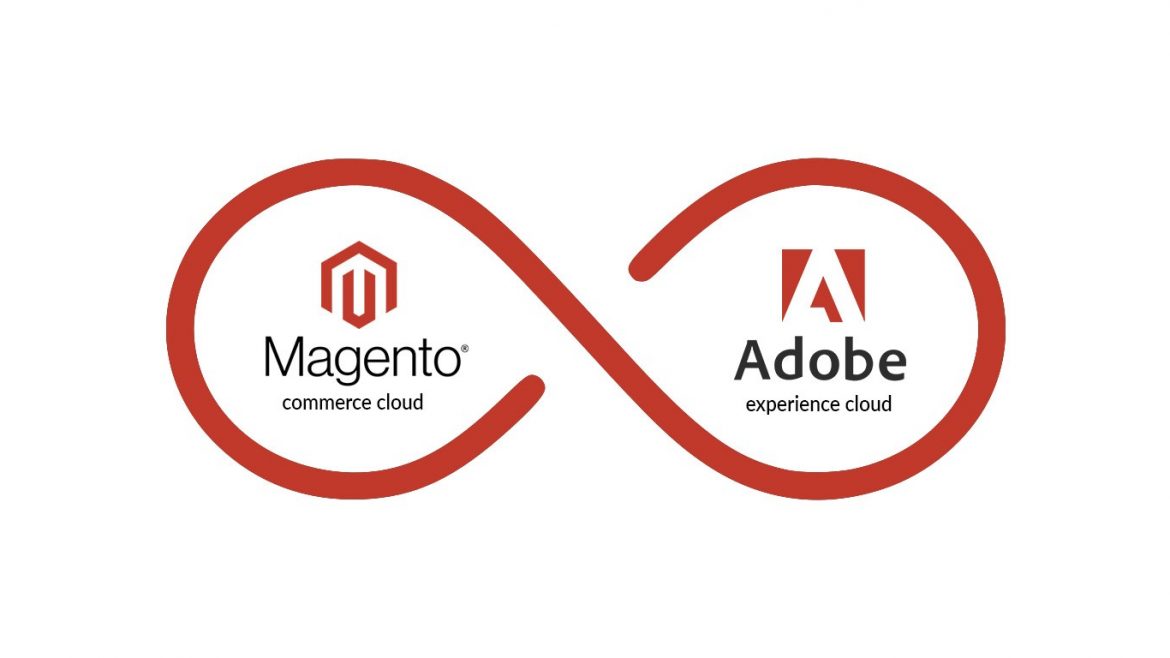When comparing Magento open source and Adobe commerce, there are several things to consider. Both systems offer similar features, but there are some important differences between them. The differences lie in the pricing and functionalities of each system, as well as their scalability and user-friendliness. Let’s take a look.
Pricing
If you’re looking to start an online store for your small business, Magento Open Source might
be the way to go. This open-source platform is free to download and customise. The only
cost to use it is for hosting and development. Then, you’ll only pay a fee if you need
additional services like customer support or custom development. You can even hire a
Magento developer to develop your website if you want to save money.
Although both Magento Open Source and Adobe Commerce are built on the same platform,
there are some differences between the two. Adobe Commerce is aimed at enterprise
companies, while Magento Open Source is designed for smaller businesses. Adobe
Commerce offers AI-driven cross-selling, which is useful for B2B companies. You should
also consider the features of both platforms before choosing one. You may find it necessary
to upgrade your current eCommerce platform if your business grows to a certain size.
Magento has regular version releases that include security patches, enhanced functionality,
and system requirements. It also has thousands of extensions, including free ones.
Extensions cost an average of $30 each, but you can often find a few that cost less than
$30. Magento’s price list depends on the functionality of your store, your decisions, and the
amount of customization you need. Typically, Magento website development will cost you
anywhere from $65 to $150 per hour, depending on your specific needs.
Adobe’s pricing strategy is not disclosed publicly, but it’s generally based on Gross
Merchandise Value (GMV) and Average Order Value (AOV). For businesses with less than
$1 million in gross sales, the subscription fee is around $20K. For companies with more than
$25 million in annual sales, you’ll pay around $190,000.
Functionality
The functionalities of Magento open source and Adobe commerce are similar and yet have
some key differences. Both systems are built on the Magento platform and allow businesses
to run multiple stores, manage inventory and check customers’ checkout carts. The Magento
platform also includes Adobe Sensei, a tool for artificial intelligence and machine learning, to
provide better customer service and improve sales. Adobe has also added an advanced
search tool called Elasticsearch that supports multiple languages.
Adobe Commerce has improved its security and has built-in support for Amazon integration.
It uses three master databases and a configurable number of slave databases, which results
in improved performance and scalability. Magento Commerce and Adobe Commerce are the
best choice for eCommerce sites that need rapid scalability and advanced security features.
The Magento Open Source software comes with several features that make it ideal for small
businesses and those who do not require a large number of features. It is easy to extend
and adjust the features of the store to suit your needs. There are free and paid plug-in
modules that allow business owners to customize the look and feel of their store.
Adobe Commerce comes with a free version and a paid version. Before choosing a product,
make sure you know what your needs are. Adobe has partnered with the Magento
community after purchasing Magento in 2018. The Magento Association is a community of
merchants and developers. Membership is free.
While the two versions of Magento have some key differences, they are very similar and
share many of the same features. The difference in price is in the scalability and features of
both. The Magento Commerce Cloud is more customizable and scalable and includes 24/7
support. It also has the same core security and can receive new patches earlier.

User-friendliness
Magento is a powerful eCommerce platform and is often used by large and well-known
brands to power their online storefronts. Its user-friendly interface includes a variety of
features to help you manage your products, inventory, and customer accounts. It also
supports multiple sites, different shipping methods, and allows you to customize the
shopping experience for each country. You can also track your fulfillment process and
update inventory through order management.
Adobe Commerce and Magento Open Source are both popular ecommerce platforms and
are free to use. They both have a worldwide developer community, but one advantage of
Adobe Commerce is that it offers a free version. Adobe Commerce is more robust than
Magento Open Source and is also more flexible.
Scalability
Both Magento open source and Adobe commerce have a variety of features and
functionalities. However, Magento open source has limitations compared to Adobe
commerce. For example, it only supports a single database system and can be slower for
businesses that have multiple websites. Adobe commerce, on the other hand, offers a
variety of applications, including marketing workflow, data & audiences, and digital
enrollment.
While Adobe Commerce is more suited for B2B and enterprise-level businesses, Magento is
better suited for smaller businesses. The software’s centralized architecture, which supports
multiple storefronts and a global reference architecture, allows enterprises to scale easily
without relying on IT. It also offers support for local currencies and languages and enables
hybrid B2C/B tools.
While both eCommerce platforms have their advantages, the choice between the two
platforms should be made based on your specific requirements. Magento is more flexible
and has a strong community of developers. In addition, both platforms are capable of
handling large volumes of traffic. However, they require advanced technical skills.
While both open source and closed source have a wealth of features and functions, Adobe is
better for high-volume online businesses that need more built-in features and customization.
Magento can be used to create custom e-commerce extensions and manage complex
content management systems. The Adobe Commerce version of Magento also offers a
loyalty points system that helps businesses build long-lasting relationships with their
customers. Customers can create gift registries and gift cards for holidays and personal
occasions.
Adobe Commerce is a more expensive alternative to Magento open source. But it does not
limit the amount of data you can store. The two platforms can scale to support a wide range
of businesses. Adobe commerce is a more sophisticated solution for larger enterprises.
Customizability
While both Magento and Adobe commerce provide powerful e-commerce solutions, the
open source platform is a bit more customizable. This flexibility allows store administrators to
add more extensions and integrations. Magento also lets them build customized solutions
themselves or hire expert developers to build their sites. This flexibility makes it the ideal
choice for small and medium businesses.
The main differences between these two ecommerce solutions are cost and scalability.
Adobe Commerce is the world’s most popular e-commerce platform, but it is also the most
expensive. Magento Open Source is a free ecommerce alternative and can be easily
customized. It also includes the full set of Commerce features, including content staging,
preview capabilities, and B2B selling.
Although the Adobe commerce platform is a more flexible and customizable option, Magento
community edition is best for custom integrations and building your own extensions. It also
includes 24/7 support. Magento Commerce Cloud eliminates the hassles of self-hosting a
site. The software is hosted on the AWS platform.
Magento open source is free for noncommercial use and comes with a strong and active
community of developers. It powers over 200,000 online stores and around 10% of all
eCommerce websites. With its flexible architecture, it can be adapted to meet the specific
needs of your business. And since it is open source, you can add your own features and
integrate it with other applications.
Magento boasts a robust catalog management system. It supports large inventories and
unlimited product types. It also auto-generates meta titles, keywords, and descriptions. And
it simplifies the process of building responsive platforms. Its HTML5 and CSS3 support also
make it easy to create configurable products. Moreover, it allows you to create multiple
associated, simple products.


